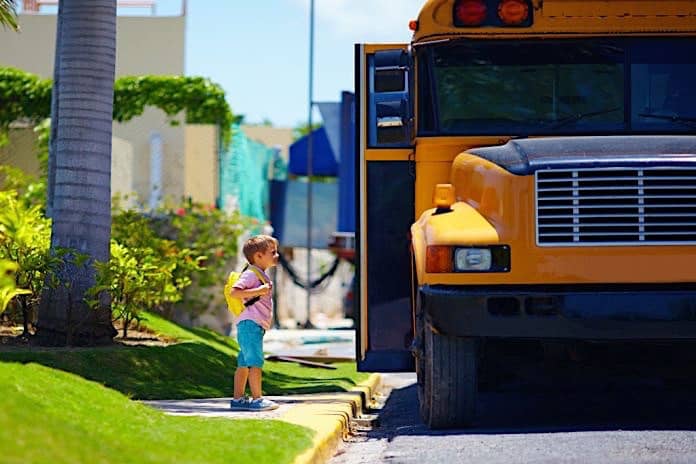With so many unknowns about COVID-19 and so few answers, most of the nation’s students will begin the new school year remotely, while others are forced to return to physical school with only minimal measures to protect them. A few outbreaks could chase those students back to virtual learning and force us to start all over – with no plan for moving forward. Student transporters are in a bind, stuck with the same sized fleets yet the need for social distancing that dictates a severely reduced use of seating capacity.
Presenter:

School Transportation News editorial advisor Ned Einstein, a consultant and expert witness with New York-based Transportation Alternatives, composed an extended article (to be published in the online edition of the October magazine issue, and reprinted in as many other publications as possible) that discusses the historical and socio-economic reasons for the magnitude of COVID-19 problems in the U.S., and provides a model plan for getting all students back to physical school safely by March 2021 (while they transition to it during five prior months of virtual learning). The article will identify the changes needed to meet this goal – including ways to keep teachers, bus drivers and other essential workers safe – and ensure that the effort succeeds.
The adjustments are many, varied and challenging. But if implemented, they can:
- Get every school bus in the nation back on the road (in many places, 80 to 90 hours a week)
- Change the school year so that classes during most months can be held outdoors
- Create two full school days each day (reducing class size by half)
- Modify school hours so that three tiers of service can be provided as efficiently as possible with the with our existing fleet
- Require dietary and exercise changes to make students less vulnerable to COVID-19 (or any other disease)
The goal is to help the students “catch up” and create an additional 5.5 million jobs in the process.
Mr. Einstein will lay out his plan and explain how individual states can adapt and improve upon it to conform to their particular constraints (weather, fleet size, densities, school locations, etc.).
















